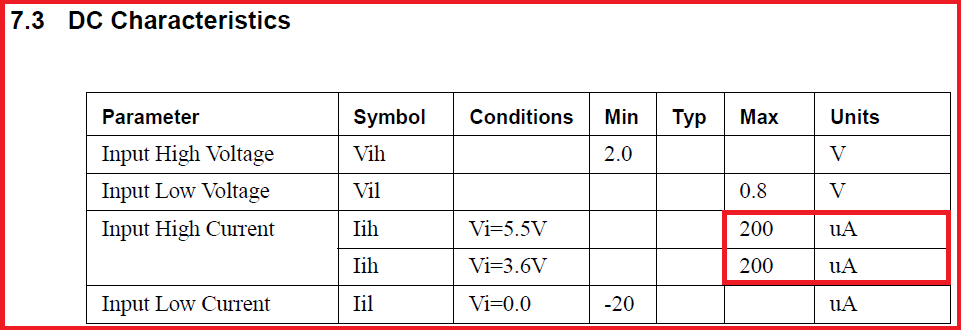Hi team,
My customer wants to use the chip as a bi-direction level shift.The signal is 50Mhz RMII signal. But the time delay is too large. It's also ok. But we want to know the output channel delay difference, if the delay difference is small. The solution is ok. Do you have the output delay difference data? If the chip cannot be used, do you have some other recommend devices? Thank you.
BR
Frank




